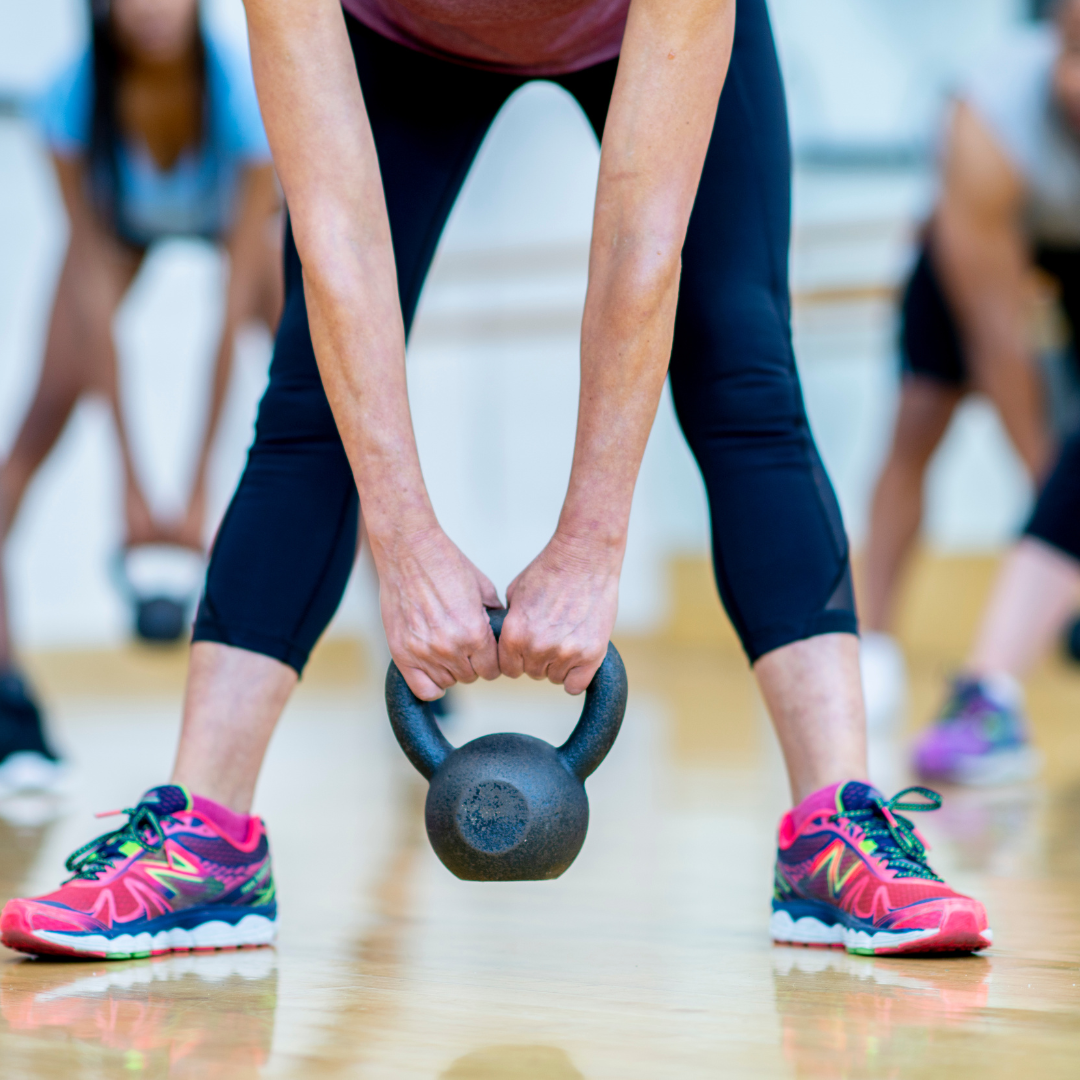The Power of Strength Training in Midlife: Defying Aging with Exercise
The journey through midlife and menopause is a unique and transformative period in a woman's life. It's a time of self-discovery, reflection, and change. It’s also a phase marked by significant physiological changes as women navigate through menopause and post-menopause.
While it comes with challenges, it's also an opportunity to take charge of one's health and well-being. It doesn’t have to be overshadowed by the negative aspects of aging.
Engaging in recreational activities and exercise can be a game-changer during this phase, enabling women to navigate the challenges of midlife and menopause with confidence, resilience, and improved mental and physical health. There are myriad benefits of strength training during midlife that can impact both body and mind by enabling women to take control of their health and enhance their overall well-being well into their later years.
Eleven Reasons Strength Training in Midlife Improves Health
Strength training is one of the cornerstone things women can do to improve their healthspan to live vibrantly and energetically for as long as possible. As we age, the body declines first, then disease begins. The best way to offset illness is to prevent the body from deteriorating. And the best way to do that is to maintain muscle mass.
The Key to Getting Fit After 50
What exactly is the difference between being physically active and exercising? Which is better for us for a sustainable lifestyle approach as we age?
Most of us have been told over the years that we need to participate in structured fitness programs - mainly cardiovascular or aerobic. For many, that means attending a class, getting on a cardio machine, running, or biking.
The truth is, physical activity and fitness aren’t all-or-nothing propositions. And doing one doesn’t negate the benefit of the other. The real trick is to find ways to incorporate physical activity throughout our day, every day, with or without a regular exercise routine.
Discover Eight Motivating Ideas to Help You to Move More and Sit Less During Midlife
As we age, we tend to get less and less physical activity and exercise. And, most of us know that exercising and being physically active has health benefits.
Research shows that adults who weren’t active until later in life - after 50 - have an almost equal reduction in risk for disease and early death than adults who were always active.
Continue your active lifestyle if you already have a routine, but remember it’s never too late to start being active or exercising. Making changes, no matter your age, can help add quality years to your life!
Don’t miss a blog post - sign up for the Rumblings emails to receive posts delivered straight to you email inbox!




